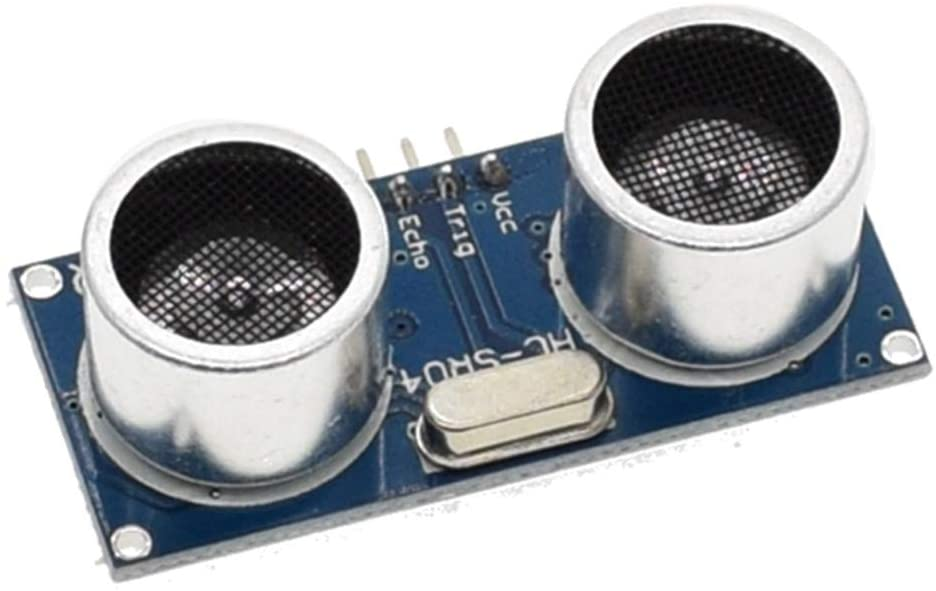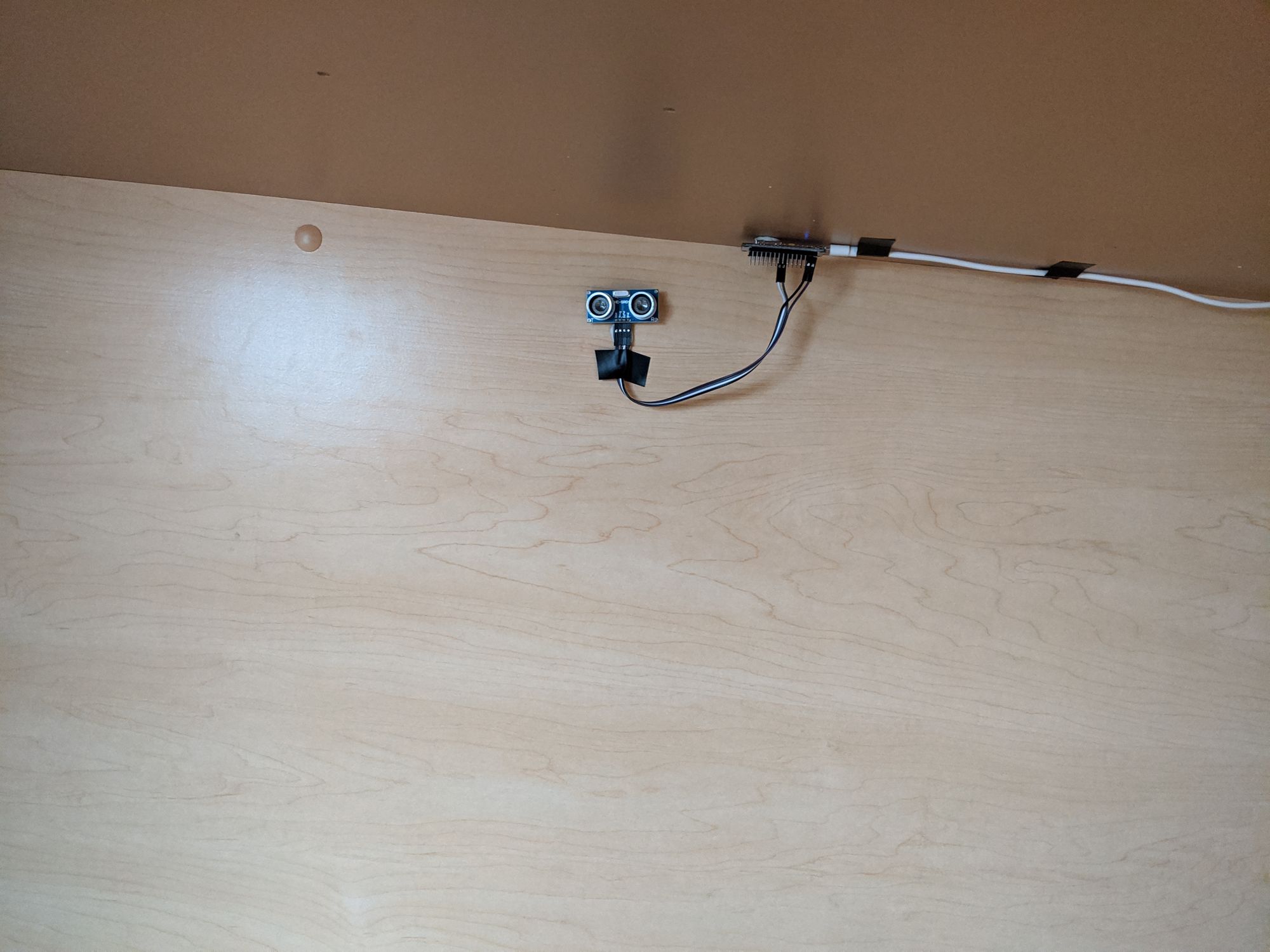This is a bit of a tease since part of this project was to install individually addressable LED strips (WS2812B’s) under the cabinets I recently installed in the office and I’m waiting to write that part up until I finish a more complicated outside install. But I still think it’s useful to discuss how I’m detecting whether I am at my desk to turn on the LEDs or not.
Since I didn’t want the LEDs on all the time unless I was sitting at my desk I needed to figure out a way to detect whether I was sitting at my desk or not.
Attempt #1
For my first attempt, I decided to try the capacitive sensors I’d been using for bed detection. Those worked….OK. I started with 2 and eventually made 4 (actually 8 total as I made 4 for my spouse’s desk as well). Benefit here was that I already had a spare ESP32 lying around to use (and there are 8 touch-enabled pins on the ESP32) and making the sensor mats isn’t incredibly difficult so I really didn’t have much to lose by trying.
But no matter how much I tweaked them (changing placement, adjusting the sensitivity, etc) I couldn’t get them to work reliably. Sometimes I got false positives when the chair was in a certain spot, other times I’d be sitting/not moving but the sensor would turn off anyway. After a few days I decided I needed to take another approach.
Brainstorming Other Ideas
Did some searching and found 2 other solutions that people had tried. The first is to use a contact sensor (like a door sensor). The idea is that when you sit in the chair you’d push the sensors close enough to each other that the sensor would turn on. I didn’t like this solution because neither my spouse’s desk chair nor mine would have made this easy due to the design. Also, neither one has a lot of up/down if we’re seated or not so it didn’t seem like it would work well.
The other solution, and the one I finally settled on, was to use an HC-SR04 ultrasonic sensor, like this:

This little guy sends out an ultrasonic ping at a pre-defined period (potentially every few miliseconds if you really wanted) and detects how far away an object is from it (I think it has a range limit of about 2 meters).
Setting Things Up
So the setup here is really easy. You’ll need the following (and may already have some of the parts around if you’ve done any other ESP-based projects):
-
An ESP8266 or ESP32
-
An ultrasonic sensor. I used the HC-SR04. They’re fairly cheap (about $7-9 on Amazon for 5 can be easily found).
-
Jumper wires
-
Power adapter/micro usb cable to power the ESP.
That’s it! I used ESP Home for this and followed the instructions on the site to wire it. It’s pretty simple. VCC to VIN (5 volts), ground to ground, and then TRIG/ECHO to a data/GPIO pin of your choice (I used D5 and D6).
Turning to the code, here’s my config:
sensor:
- platform: ultrasonic
trigger_pin: D6
echo_pin: D5
name: "Ultrasonic Sensor"
update_interval: 1s
id: desk
filters:
- delta: 0.1
binary_sensor:
- platform: template
name: "Desk Sensor"
lambda: |-
if (id(desk).state < 0.75 ) {
return true;
} else {
return false;
}
filters:
- delayed_on: 2s
- delayed_off: 5s
The actual sensor is what measures the distance. I have it update every 1 second which I find to be fast enough for me. I also filter out small changes (anything less than 0.1m in change will not be reported to HomeAssistant, that’s what the deta line is for). I also created a binary sensor to report on/off depending if the distance is below a certain level. For me, I found 0.75 was fairly accurate though I still may need to tweak a bit. I further filtered this to delay the “on” by 2 seconds to just make sure there wasn’t a whacky one-off reading and similarly 5 second delayed off to make weed out any small movements I might make.
I then added the sensors to HomeAssistant via the ESP Home integration (supppppper easy) and then created some automations to turn the lights on/off.
For the installation I just used some mounting putty and electrical wire to run the USB cable around the edge of the desk. Finished result is that you can’t even really see it.

Not the prettiest install but it works
Ease of project: 9/10. The first iteration with the under-mat sensors was a lot more complicated (requiring soldering/long wire runs and making the mats). The ultrasonic sensor by contrast was incredibly easy and simple to do. Probably the easiest ESP project to date.
Next up is either a summary of my experiences with individually addressable LEDs and ESP boards (with both WLED and ESP Home) or a write up on my new Eufy indoor cams. But since I’m still waiting on my order of the pan/tilt cams I may delay doing a review of the Eufy cams until I have both (brief review: it’s muuuuuuch better than the Wyze cam in a lot of areas and equal in all the rest with no drawbacks).
